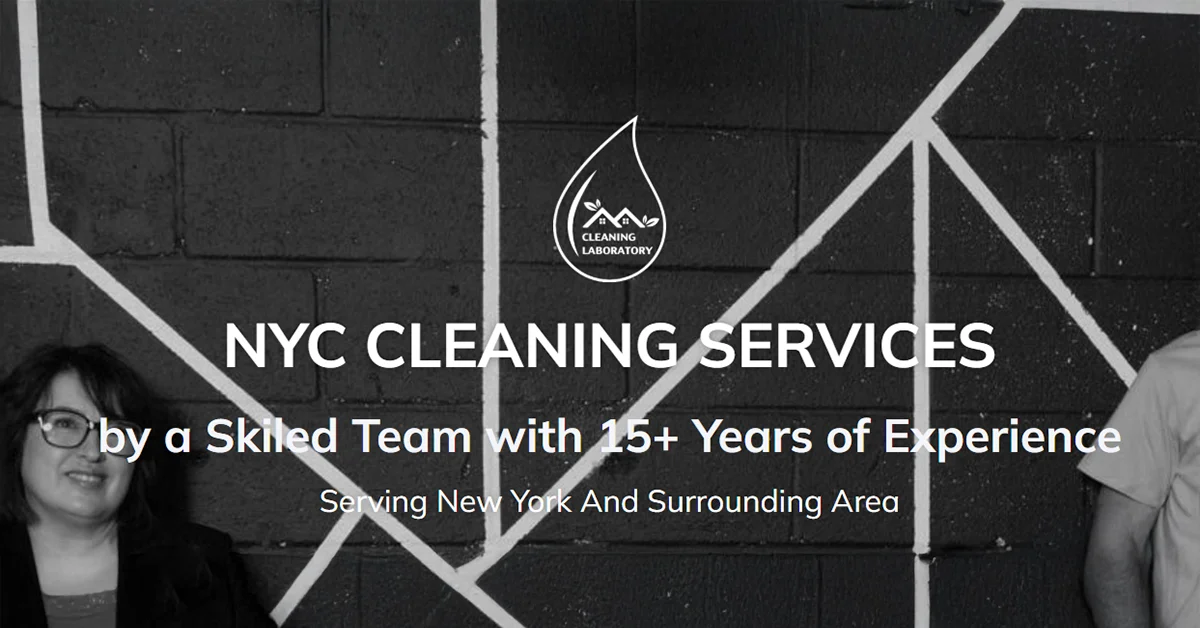Channel your inner Vogue and Confidence!

There’s clutter. And then there’s chaos.
You know the difference when you see it. Clutter is a pile of mail on the counter. Chaos is when you can’t remember what color your counter actually is. When walking through your living room requires strategic planning. When opening a closet feels like defusing a bomb.
Transformative cleaning isn’t about maintaining what’s already decent. It’s about taking a space that’s completely lost control and bringing it back to life. That’s a whole different ballgame. Some people look at a chaotic room and see an impossible task. Others see a full article worth of potential waiting to emerge.
Studies suggest that cluttered environments can increase cortisol levels and reduce focus by up to 50%. Your brain literally can’t process information as effectively when surrounded by visual noise. So yeah, that overwhelmed feeling? It’s not just in your head.
Here’s what separates a surface level clean from genuine transformation: intention.
Anyone can pick up visible trash and call it done. Real transformation requires seeing what a space could be, not just dealing with what it currently is. Think of it like sculpture – Michelangelo said he saw the angel in the marble and carved until he set it free.
Dramatic? Maybe. But accurate.
Stop. Seriously, don’t grab that trash bag yet.
The biggest mistake people make with transformative cleaning is diving in without a plan. You’ll end up moving the same pile of stuff five times, getting exhausted, and achieving nothing. Been there? Course you have.
Start with assessment mode:
This pre-game takes maybe ten minutes but saves hours of frustrated circling.
Transformative cleaning follows a natural progression. Skip a phase and you’ll backtrack. Trust the process.
Phase One: Excavation
This is the archaeological dig. You’re uncovering what’s actually there. Everything comes out. Every drawer gets emptied. Every surface gets cleared. Sounds extreme? It is. But you can’t clean what you can’t see.
Make piles:
Leo Tolstoy wrote, “There is no greatness where there is not simplicity, goodness and truth.” Strip everything back to basics first. Can’t add simplicity on top of chaos.
Phase Two: Deep Clean
Now you’ve got empty surfaces and can actually see what you’re working with. This is where the real cleaning happens.
Internet sources frequently mention that deep cleaning should happen seasonally but for truly chaotic spaces, this is your baseline. Hit everything:
Use this order: ceiling to floor, back of room to front. Always. No exceptions.
Phase Three: Intentional Rebuilding
Here’s where most people fumble the victory. They clean everything beautifully, then shove it all back exactly how it was before. Six weeks later? Right back to chaos.
Rebuilding means being selective. That stack of magazines from 2018? They survived the excavation, but do they deserve premium real estate? Probably not.
Create systems:
Different people have wildly different standards. One person’s “spotless” is another’s “barely started.”
For transformative cleaning, here’s the benchmark: could someone walk into this space right now, no warning, and you’d feel zero embarrassment? Not just “it’s not that bad” – actual genuine comfort with them seeing it.
That’s the bar.
The cleaning industry reports that professional deep cleaning takes approximately 3-4 hours for an average-sized home. But for spaces in true chaos? Double or triple that. Sometimes more. Setting realistic expectations prevents that crushing feeling of “I’ve been working for hours and it still looks terrible.”
Progress isn’t always visible until suddenly it is. You’re chipping away, chipping away, looks the same, looks the same – then boom. Breakthrough. The space completely transforms in what feels like minutes.
Keep going through the ugly middle part.
Transformative cleaning is emotionally exhausting. There, someone said it.
You’re not just dealing with physical dirt. You’re confronting every decision that led to the chaos. Every “I’ll deal with this later” that became “I’ll never deal with this.” Every good intention that died on the vine.
That’s heavy.
Some items will trigger memories. Some will trigger guilt. And, some will trigger the question “who even am I?” when you realize you’ve been holding onto things that no longer represent who you are or want to be.
Professional organizers note that clients often experience unexpected emotional responses during major clean-outs. Totally normal. Also totally worth pushing through.
Here’s permission to take breaks. Not quitting – breaks. Step outside. Grab water. Take three deep breaths. Then get back in there.
Maya Angelou wisely observed, “My mission in life is not merely to survive, but to thrive; and to do so with some passion, some compassion, some humor, and some style.” Your living space should support that mission, not actively work against it.
You’ve done it. The space is transformed. Looks amazing. Feels amazing. Now what?
Maintaining transformation is different than creating it. You need new habits, not heroic efforts. Small consistent actions beat occasional massive overhauls.
Daily non-negotiables:
Weekly basics
Monthly deep dives
The goal isn’t perfection. It’s preventing chaos from returning. There’s a massive difference between “lived in” and “losing control again.”
Transformative cleaning isn’t just about making things look pretty. It’s about reclaiming your space and, honestly, reclaiming a bit of yourself. That chaotic environment was affecting you more than you probably realized.
Clean space, clear mind isn’t just a cute phrase. It’s documented psychology. When your environment supports you instead of draining you, everything shifts. Energy returns. Focus improves. That constant low-level stress just… evaporates.
Worth the effort? Every single time.